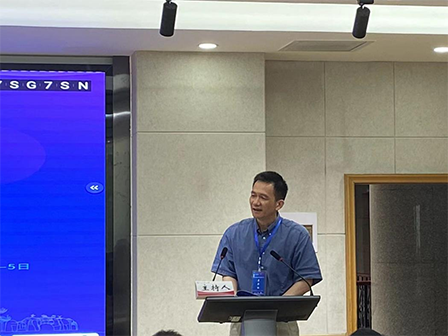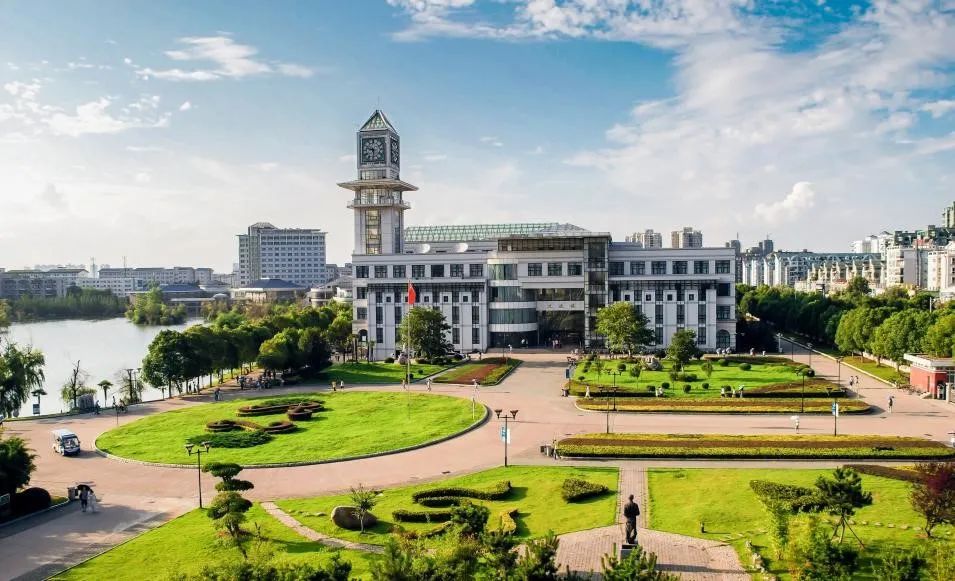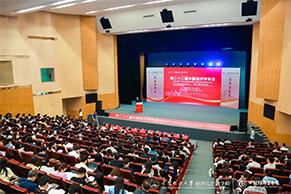THE RISE OF CHINA AS AN ECONOMIC POWER
观点 · 2009-11-28 00:00
返回Abstract: In the twenty years since the Cultural Revolution, China has maintained fast real growth. This occurred despite China having similar problems to other transitional economies, eg loss-making State ...
Abstract: In the twenty years since the Cultural Revolution, China has maintained fast real growth. This occurred despite China having similar problems to other transitional economies, eg loss-making State Owned Enterprises (SOEs), eroding fiscal revenues and inflation, (Section 3). Although China initially adopted the Soviet central planning model, after the 1950s break Chinese planning changed towards a regionally-based system with local planning (Section 2). In contrast to the centrally-based, functionally-specialised (U form or unitary structure) Soviet model, the Chinese economy is organized on a multi-layer-multi-regional (M form) basis. This encouraged development of small size township and village enterprises (TVEs), the main engine of Chinese growth. Power and control remained with the Party and the State, but was diffused much more widely, regionally and locally. This allowed initiatives at lower (political) levels to establish institutions, both in agriculture (the ‘household responsibility system’) and industry (TVEs), without state protection. Even among regionally controlled SOEs, ‘tournament rivalry’ between regions, etc, and between SOEs and TVEs provided competition.
 THE RISE OF CHINA AS AN ECONOMIC POWER.pdf
THE RISE OF CHINA AS AN ECONOMIC POWER.pdf



